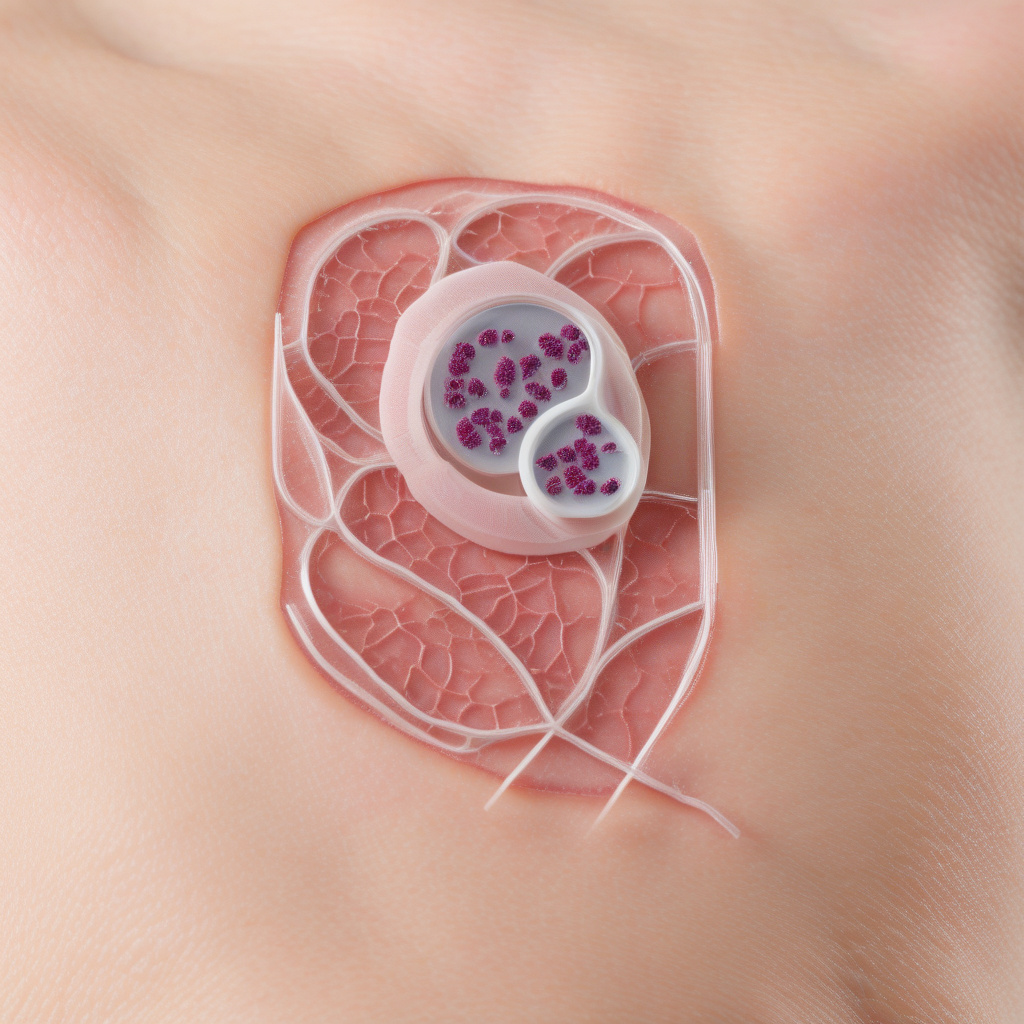New Patch with Nanoneedles: Revolutionizing Painless Biopsies
A tiny patch with microscopic needles could spell the end of painful biopsies. Scientists at the forefront of medical innovation have developed a groundbreaking technology that promises a more comfortable and less invasive alternative for patients undergoing biopsies. This new patch, equipped with nanoneedles that are an astounding 1,000 times thinner than a hair, is set to revolutionize the way tissue samples are collected and analyzed.
Traditional biopsies, which involve extracting tissue samples using large needles, can be a daunting and painful experience for patients. The fear and discomfort associated with these procedures often deter individuals from seeking necessary medical tests, leading to delays in diagnosis and treatment. However, the introduction of the nanoneedle patch offers a game-changing solution to this age-old problem.
The nanoneedles on the patch are so minuscule that they can penetrate the skin painlessly, reaching the underlying tissue with precision. This not only eliminates the need for large needles but also reduces the risk of complications such as bleeding and infection. Patients can now undergo biopsy procedures without the anxiety and discomfort that often accompany traditional methods, making it a more attractive option for individuals of all ages.
Moreover, the nanoneedle patch streamlines the biopsy process, making it quicker and more efficient for both patients and healthcare providers. The ease of use and minimal discomfort associated with this innovative technology could encourage more people to undergo regular screenings and diagnostic tests, ultimately leading to earlier detection of various medical conditions.
In addition to its painless application, the nanoneedle patch offers another significant advantage: improved accuracy. The ultra-fine needles ensure that the collected tissue samples are of higher quality, reducing the likelihood of inconclusive results and the need for repeat biopsies. This not only saves time and resources but also provides patients and their healthcare providers with reliable diagnostic information for making informed decisions about treatment.
Furthermore, the versatility of the nanoneedle patch opens up possibilities for non-invasive monitoring of various health parameters beyond traditional biopsies. Researchers are exploring its potential applications in continuous glucose monitoring for diabetics, drug delivery systems, and even cosmetic procedures. The scalability and adaptability of this technology make it a valuable asset in the ever-evolving field of medical innovation.
As we witness the dawn of a new era in biopsy technology, it is clear that the nanoneedle patch has the potential to transform healthcare practices and improve patient outcomes. By offering a painless, accurate, and efficient alternative to traditional biopsies, this innovative solution paves the way for a future where medical procedures are not only effective but also patient-centered. With the continued advancement of nanotechnology, we can look forward to more groundbreaking developments that revolutionize the way we approach healthcare.
In conclusion, the introduction of the nanoneedle patch marks a significant milestone in the quest for painless and minimally invasive biopsy options. Its potential to enhance the patient experience, improve diagnostic accuracy, and drive innovation in healthcare underscores the importance of investing in cutting-edge technologies that prioritize both effectiveness and comfort. As we embrace this new era of medical possibilities, the nanoneedle patch stands out as a shining example of how small-scale innovations can have a big impact on the way we care for our health.
nanoneedles, painlessbiopsies, medicalinnovation, healthcaretechnology, patientcomfort












